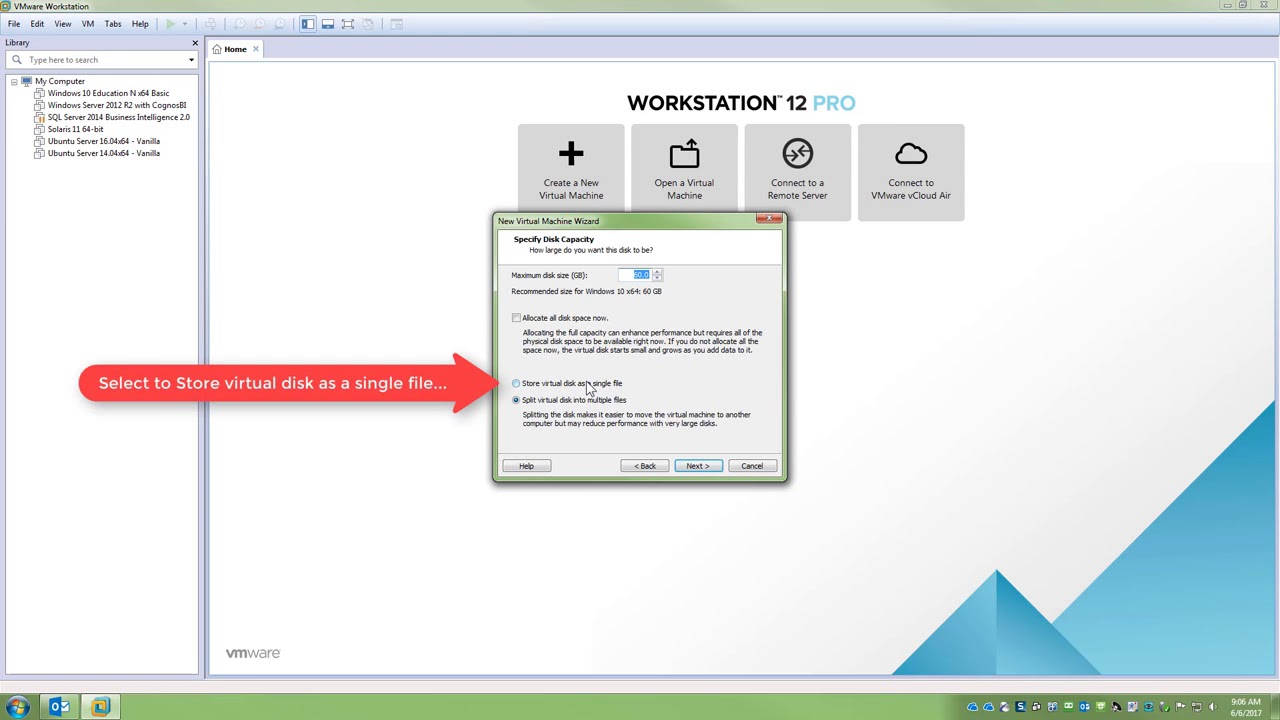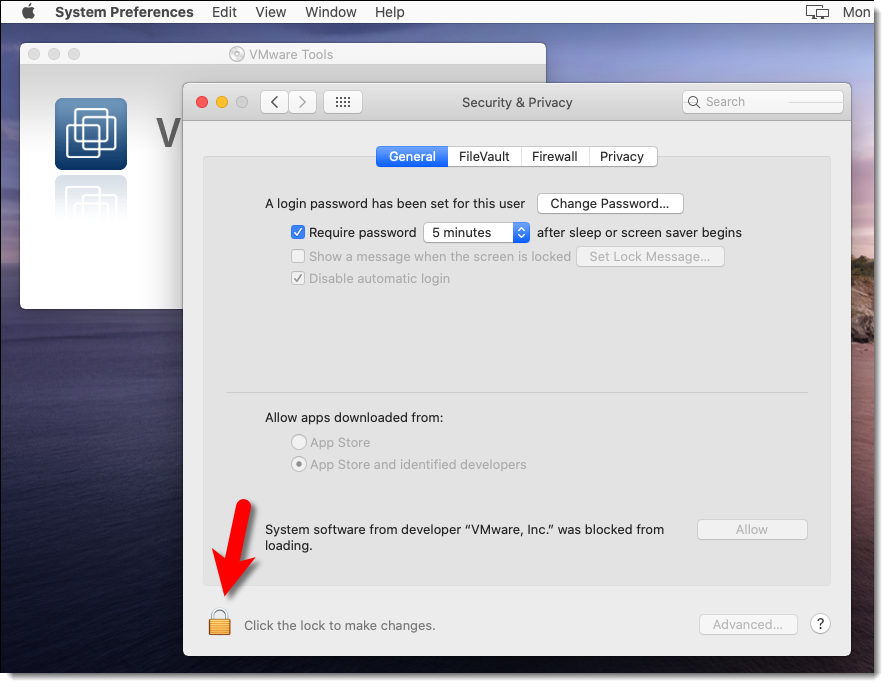

You can also unlock Apple Mac OS X using Unlocker software on both Windows and vSphere ESXi. However, you can enable this support and unlock macOS using VMware Unlocker. Normally you cannot install an Apple operating system on VMware Workstation because the program has no support for Apple OS systems. If you do not have a Mac computer, you can install macOS 13 on a host computer with Windows 10 or Windows 11 with the VMware Workstation Pro virtualization program and experience Apple’s new system. If you do not know how to update using the Apple Store, you can take a look at this article. Therefore, you theoretically could put the disk images on a shared disk (for example on the Boot Camp Partition itself, since the Mac can easily read it), and then launch the vmdk no matter which host you were using (Mac or Windows).Users with iMac, MacBook, or MacBook Pro computers can download the Ventura 13 update from the Apple Store and easily update their system. One advantage of using Fusion on the Mac though would be that they can use the same. The only limitation I can think of is that if the hypvervisor has a way of knowing it is currently already using a VM, and therefore not able to virtualize again.


I think that it will launch, and possibly even work (except for being rather slow, because you would start virtualizing while virtualizing). With that in mind, there would be no issue with installing VMWare Workstation in Windows while in Boot Camp.Īs for what happens when you launch the Boot Camp partition in VMWare Fusion, I have not tested that, and not entirely sure how it will work. When in Boot Camp, you are running Windows 'on the metal', as in really no difference than Windows on any other PC, except on Mac hardware with some Apple drivers for that hardware (like fan control, iSight, etc).


 0 kommentar(er)
0 kommentar(er)
